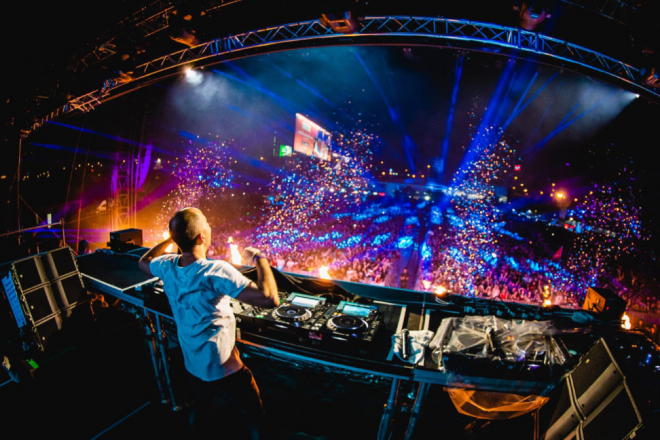The Event Safety Alliance has published a useful (and free) guideline to reopening events
Music venues in Asia are slowly reopening, but at what risk?

Summer is coming which usually means festival season. Instead, tours are cancelled and festivalgoers are either hosting or viewing music through live streams. There have been successful drive-in concerts held all over the world where people shed their lock-down stress via dancing in their cars, and “clapping” via car horns or flashing headlights. There have even been attempts at socially-distanced concerts, like the controversial TempleLive concert in Arkansas (that was to be headlined by country-rock artist Travis McCready but shut down before being questionably reapproved for a later date). Regardless, most of us are stuck at home and glued to our computer screens (if we’re lucky) but even the strongest and the most sympathetic of us — I’m sure — wish we were breathing the hazy, sweaty (and dare we even say smokey) air of a crowded music festival in these upcoming summer months. But is that even a possibility anymore? And if not this summer, then when?
The Event Safety Alliance (ESA) has just released a comprehensive (but not exhaustive) guide on how (and when) to reopen events during the COVID-19 pandemic, an immensely useful resource especially for touring artists, venue owners and show organisers. While the ESA was founded in the United States, their guide offers information on safety measures that are relevant globally. The guide states, “There is no guarantee of an illness-free event even if you follow everything in this Reopening Guide. It is indisputable, however, that planning, training, and implementing reasonable health and safety measures are the best ways to protect live events and the people who create them.”
While containment strategies for the COVID-19 differ in every country, statistics show that East Asian societies have been dealing with the pandemic more efficiently, perhaps due to the collectivistic values of the East (as opposed to the Western individualism). China implemented a full lockdown about a month after the first case, Japan declared a nationwide state of emergency (closing all entertainment venues) in April that is still in effect and South Korean residents upheld voluntary but effective social-distancing measures.
Despite collective measures to contain the virus, its transmissivity means that one tiny step back could lead to a new community outbreak as we saw in South Korea where a new cluster outbreak has been linked to at least nine nightclubs in and around Seoul. While the number of new infections in Asia are decreasing at a significantly higher rate in comparison to the United States, we are reminded that no guideline or carefully-made decision can guarantee anything.
The ESA guide covers in detail what event organizers should consider before re-opening: legality (of re-opening), public awareness/education, worker safety, sanitisation methods and food safety. The ESA further recommends social distancing in ticket lines, pre-entry health screenings, and gives suggestions on the number of guests that venues can safely admit (depending upon the establishment’s size). Hygiene-centred preventative measures for employees are also detailed in the 29-page guide as well as instructions on how to handle positive COVID-19 tests among staff members.
You can read and download the entire guide for free here. Fighting the COVID-19 is a global, collective effort — let’s stay cautious, compassionate, and inside, until we can dance together again.
[via Digital Music News]


